- United States
- Things to do in Los Angeles
- Griffith Observatory
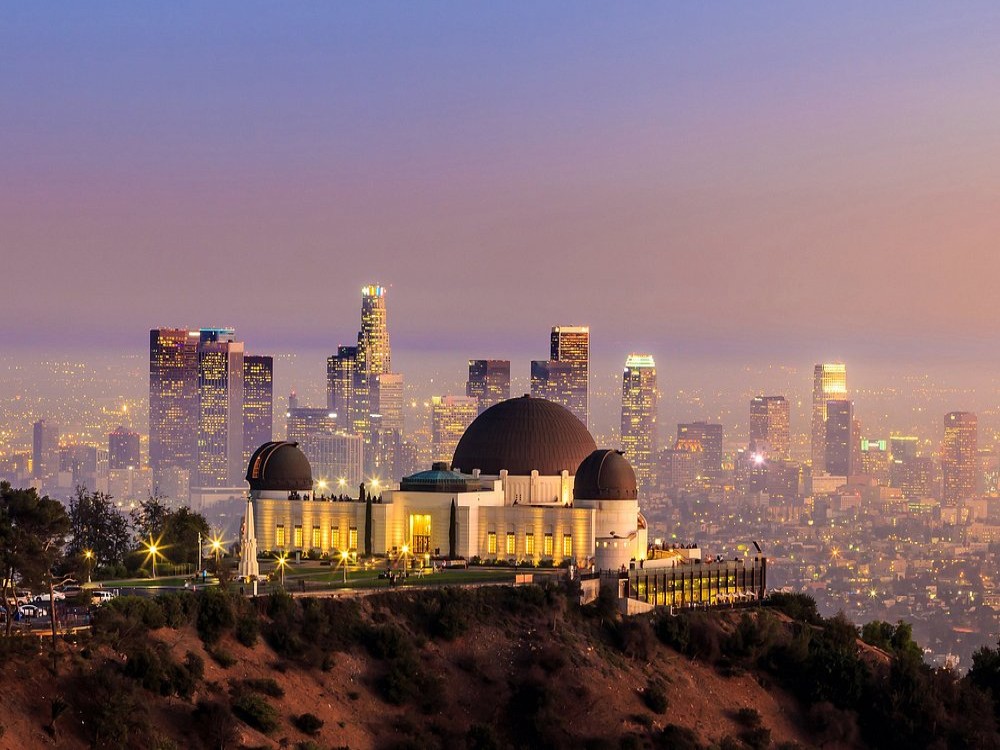
Griffith Observatory
Perched high above the city, Griffith Observatory offers breathtaking panoramic views of Los Angeles and a fascinating glimpse into the wonders of the universe. Opened in 1935, the observatory is not only an architectural gem but also a prime location for stargazing, educational exhibits, and iconic views of the Hollywood Sign. Visitors can explore the exhibits on astronomy and space science, look through the telescopes (free public telescope viewing is available in the evenings), or enjoy a hike through the surrounding Griffith Park trails. Whether you're a science enthusiast or someone just looking to take in the city's beauty, the Griffith Observatory provides an unforgettable experience.
Griffith Observatory Tours & Excursions
The Basics
Griffith Observatory is located in Griffith Park, one of the largest urban parks in the United States, and is about a 20-minute drive from downtown Los Angeles. The observatory is open to the public every day except Mondays and major holidays, with free admission to the building and grounds. It offers a variety of interactive exhibits and displays, including a Foucault Pendulum, a Tesla Coil, and a variety of meteorites. For those interested in more in-depth learning, there are also public programs and planetarium shows, which provide an immersive experience of the stars and planets. The observatory's landmark status makes it a popular destination for both tourists and locals alike.
Things to Know Before You Go
Before visiting Griffith Observatory, be sure to wear comfortable shoes, as the observatory is located atop a hill, and reaching the entrance can involve a short but steep hike. Parking can be challenging, especially on weekends or during peak tourist seasons, so arrive early to secure a spot. Alternatively, there are free shuttle services from the nearby Greek Theatre parking lot. The observatory also has limited food options, so it's a good idea to bring snacks or plan to visit one of the nearby restaurants. Don’t forget to check the observatory’s schedule for special events, such as free public star parties and telescope viewings, which provide an even more magical experience.
How to Get There
Getting to Griffith Observatory is simple and offers a few different options. If you're driving, you can take the 5 Freeway to the Los Feliz Blvd exit and follow signs to Griffith Park. Parking is available near the observatory, but it fills up quickly, especially on weekends. Alternatively, if you prefer public transportation, the Los Angeles Metro Bus routes and DASH shuttle service provide easy access to the park. If you're up for it, you can hike from the nearby Griffith Park Visitor Center to the observatory, with several scenic trail options that offer beautiful views along the way.
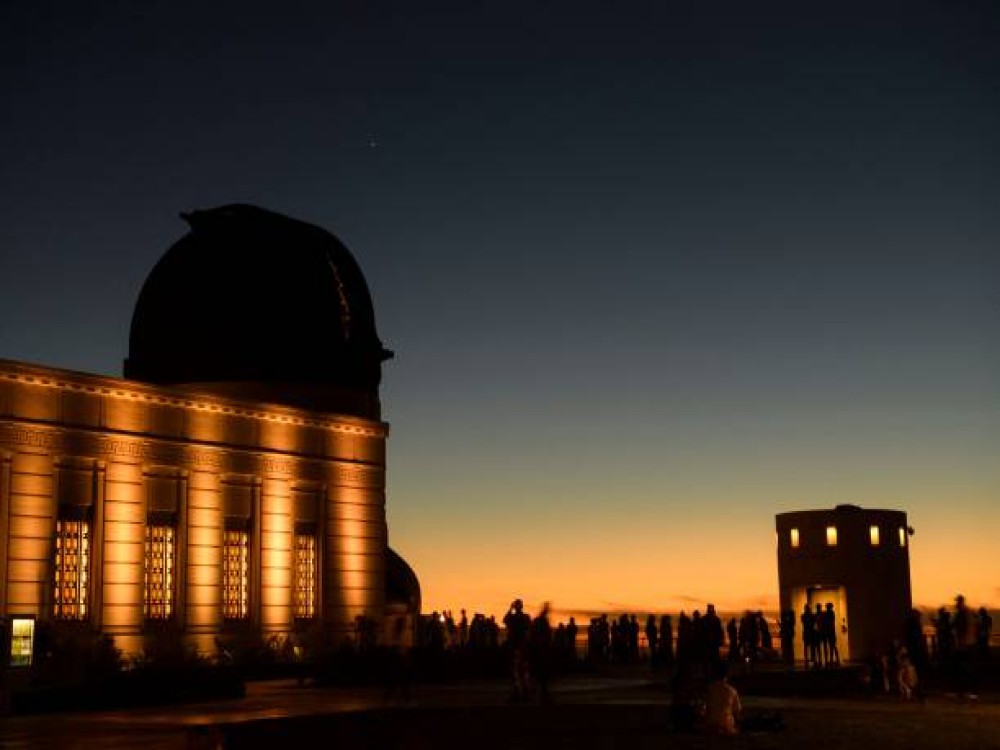
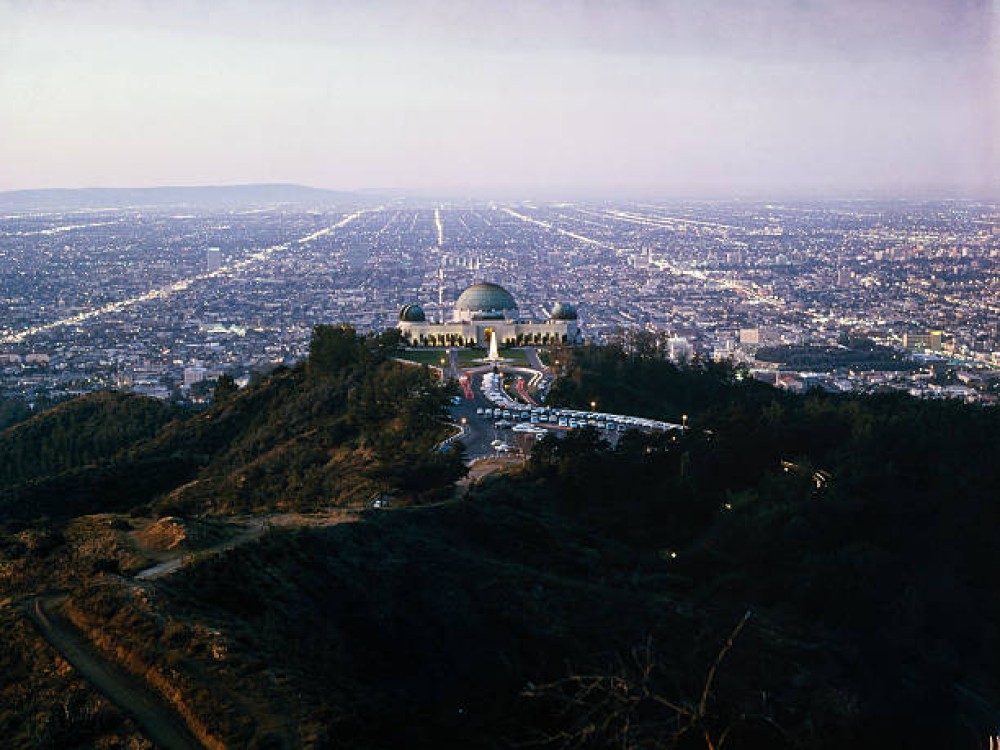
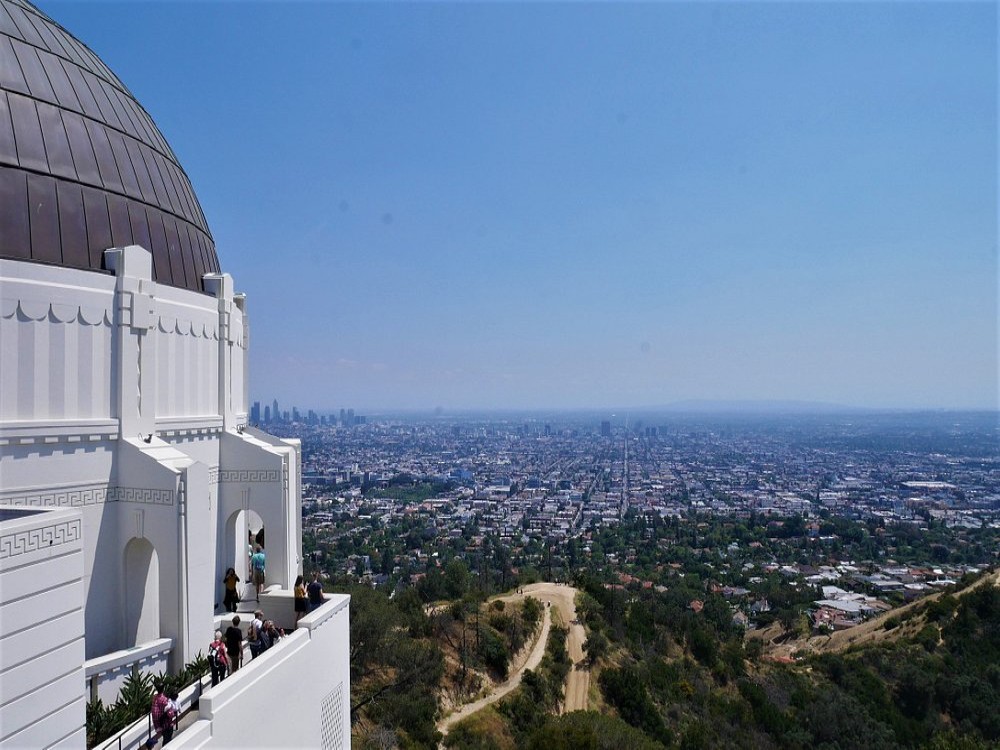
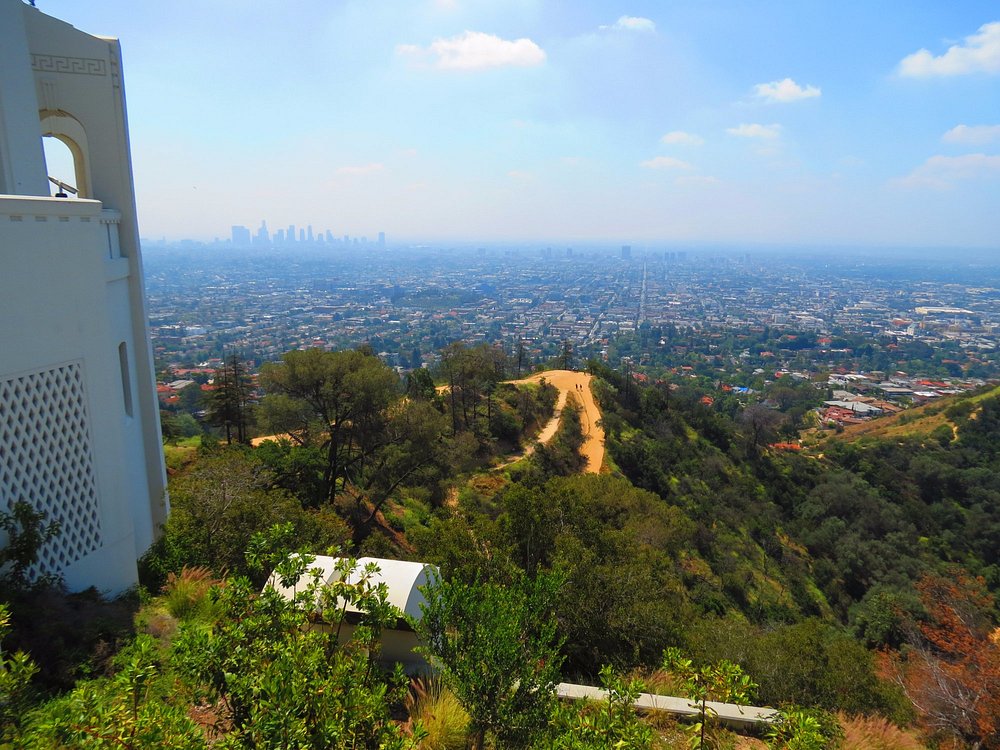
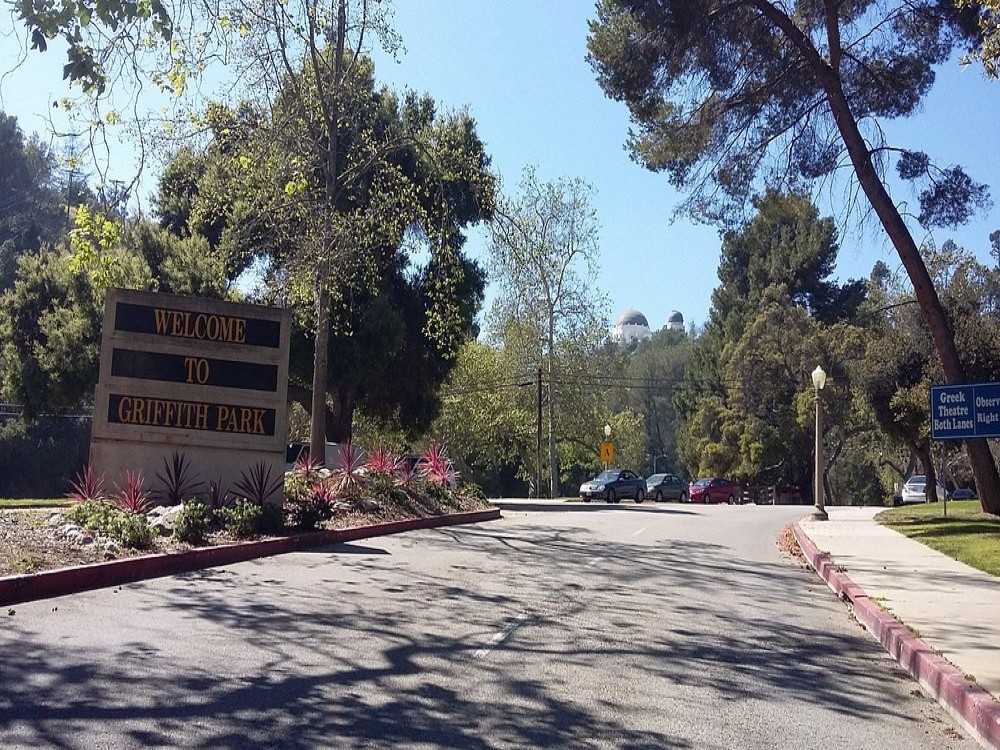
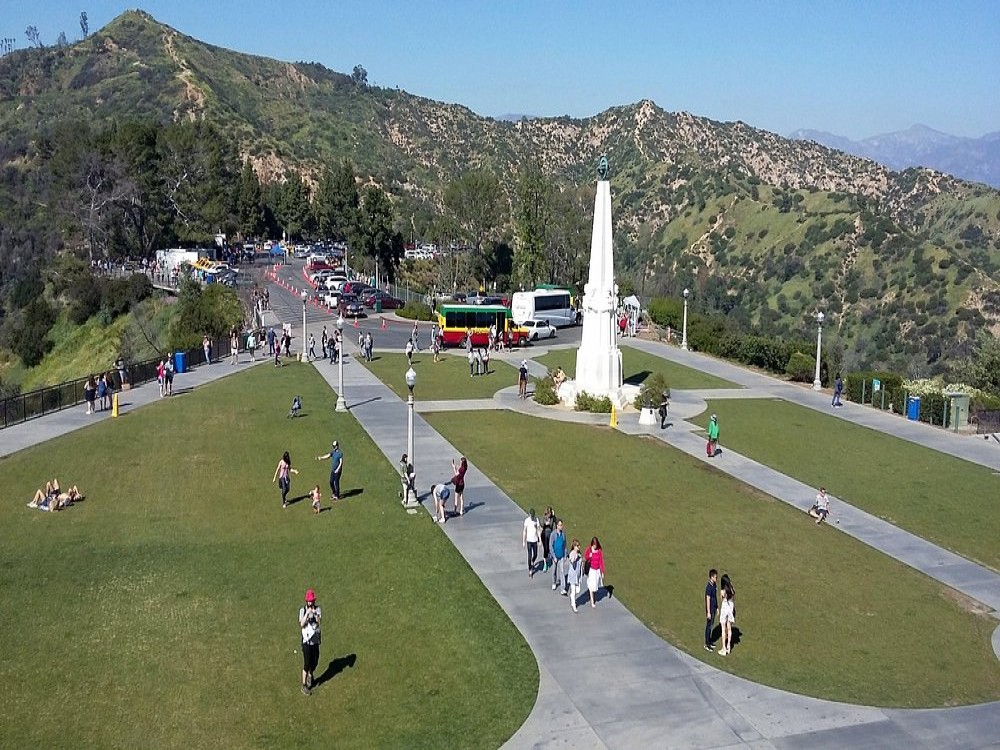
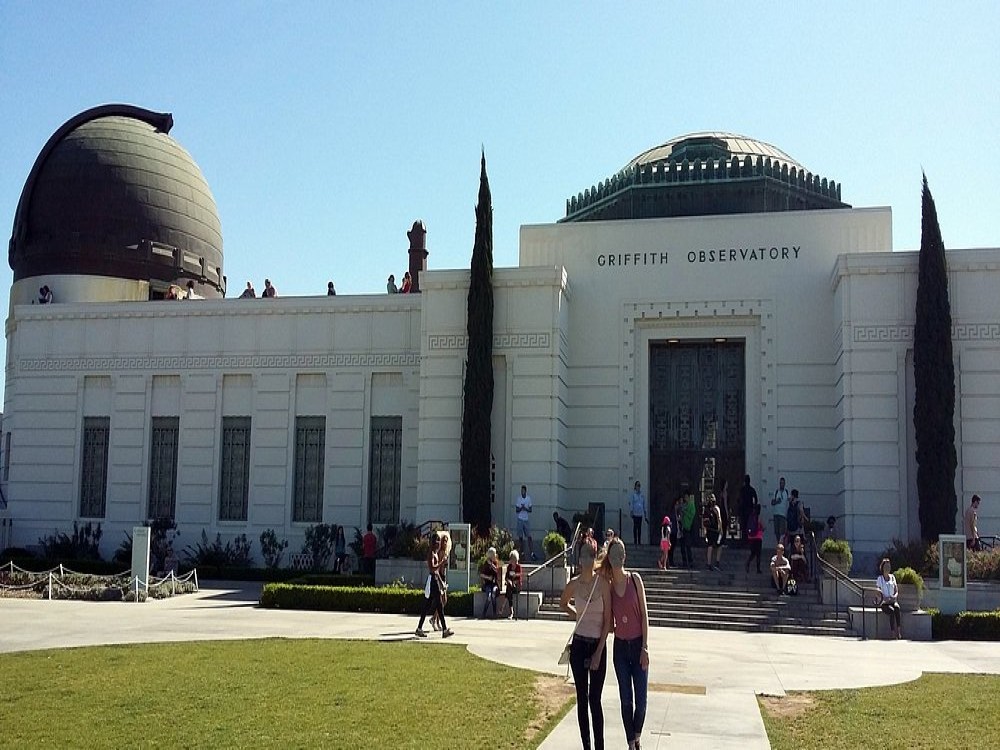

When to Get There
The best time to visit Griffith Observatory is during the late afternoon or early evening, especially if you want to catch the sunset over Los Angeles. The views at dusk, with the city lights starting to twinkle, are spectacular. If you're interested in stargazing, the observatory offers public telescope viewings in the evening, typically on clear nights, where you can observe planets, stars, and other celestial bodies. Weekdays are less crowded than weekends, so visiting mid-week is ideal if you prefer a quieter experience. Keep in mind that the observatory can be more crowded during special events or public programs, so planning ahead is always a good idea.
Day Trips from Los Angeles
Griffith Observatory makes an excellent day trip for visitors staying in Los Angeles. After exploring the observatory, you can easily combine it with a visit to nearby Griffith Park, which is home to a variety of attractions, including the LA Zoo, the Travel Town Museum, and the beautiful Rose Garden. For those who love hiking, you can take a scenic trek up to the summit of Mount Hollywood or explore the nearby Bronson Caves, known for being a filming location for many classic Hollywood movies. If you're looking for more city sightseeing, Griffith Observatory is just a short drive from popular destinations like the Hollywood Walk of Fame and the Los Angeles County Museum of Art (LACMA).
Copyright © 2025 All Rights Reserved


